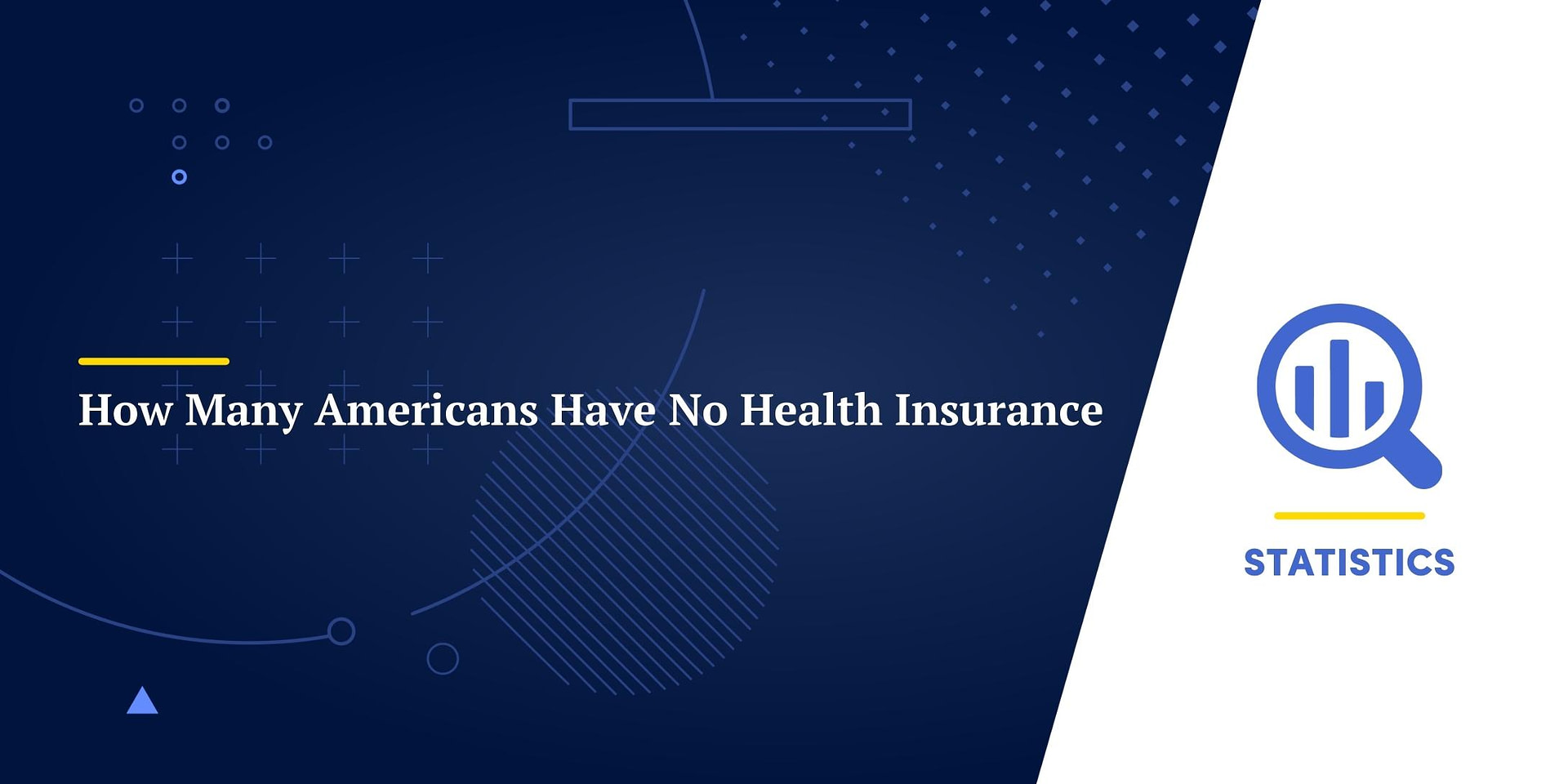In today’s fast-paced world, access to quality healthcare is a fundamental right that should be available to everyone, regardless of their socioeconomic status or background. However, the unfortunate truth is that millions of Americans still struggle to obtain health insurance coverage, leaving them vulnerable to financial hardship and compromising their overall well-being. In this article, we’ll delve into the current state of health insurance coverage in the United States and explore the staggering numbers that paint a grim picture of the ongoing challenge.
The Sobering Statistics
According to a report released in September 2023 by the Census Bureau, a staggering 26 million Americans, or 7.9% of the population, were uninsured in 2022. While this figure represents a slight improvement from previous years, it is still alarmingly high, especially in a nation that prides itself on being a global leader in healthcare innovation.
The Centers for Disease Control and Prevention (CDC) further corroborated these findings, revealing that the overall uninsured rate dropped by 18% during the COVID-19 pandemic, from 10.3% in 2019 to 8.4% in 2022. However, this decrease was not evenly distributed across all demographic groups, with certain populations experiencing higher rates of uninsured individuals.
A Disproportionate Burden
The lack of health insurance coverage disproportionately affects certain racial and ethnic groups, as well as those living in specific geographic regions. According to the CDC’s report, more than one in four Hispanic adults aged 18-64 (27.6%) lacked health insurance in 2022, a significantly higher percentage compared to other racial and ethnic groups. Black, non-Hispanic adults (13.3%), White, non-Hispanic adults (7.4%), and Asian, non-Hispanic adults (7.1%) had lower uninsured rates, but the disparities are still concerning.
Geographic location also played a role in determining access to health insurance. Adults aged 18-64 residing in states that did not expand Medicaid eligibility under the Affordable Care Act (ACA) were twice as likely to be uninsured (19.2%) compared to those living in states that did expand Medicaid (9.1%).
The Impact on Children and Families
The lack of health insurance coverage extends beyond adults, affecting children and families as well. According to the CDC, 4.2% of children, or approximately 3 million, did not have health insurance in 2022, a slight improvement from 2019 when 5.1% of children were uninsured.
The consequences of being uninsured can be severe for children, as they may not receive essential preventive care, routine check-ups, or timely treatment for illnesses or injuries. This can lead to long-term health issues and negatively impact their overall development and well-being.
A Glimmer of Hope: The Affordable Care Act
While the statistics paint a bleak picture, there is a glimmer of hope in the form of the Affordable Care Act (ACA). The report from the CDC highlights that the percentage of Americans under the age of 65 with exchange-based private health insurance increased by 16% from 2019 to 2022, indicating a positive impact of the ACA’s health insurance marketplaces.
However, the ACA’s full potential has yet to be realized, as several states have chosen not to expand Medicaid eligibility, leaving millions of low-income individuals without access to affordable healthcare coverage.
A Call to Action
The lack of health insurance coverage in the United States is a complex issue that requires a multifaceted approach and collaboration among policymakers, healthcare providers, and communities. Addressing this challenge is not only a moral imperative but also an economic necessity, as untreated health conditions can lead to higher healthcare costs and productivity losses in the long run.
Policymakers must prioritize expanding access to affordable healthcare options, particularly for vulnerable populations and those living in underserved areas. This could involve further strengthening the ACA, exploring alternative healthcare financing models, and implementing measures to control rising healthcare costs.
Healthcare providers and community organizations can play a crucial role in raising awareness about available healthcare resources and assisting individuals in navigating the often-complex process of obtaining health insurance coverage.
Ultimately, ensuring access to quality healthcare for all Americans is not only a matter of social justice but also a investment in the nation’s overall well-being and economic prosperity.
The real reason American health care is so expensive
FAQ
What percent of the US population does not have health insurance?
Why are so many Americans without any health insurance?
How many Americans don t have health insurance 2024?
How many people in America Cannot afford healthcare?

